Introduction
Quality Metric Incorporated, alongside headache specialists like Dr. Richard B. Lipton, developed the Headache Impact Test-6 (HIT-6) a concise tool to assess headache severity and its impact on daily life. First published in 2003, it has garnered over 1,800 citations on Google Scholar, reflecting its widespread adoption (Kosinski et al., 2003; Coeytaux et al., 2006). For instance, its brevity makes it a go-to for busy clinicians.
In this article, we dive into the HIT-6’s features, applications, and clinical value, offering researchers and clinicians actionable insights to enhance migraine and tension-type headache management. Specifically, we cover its structure, validation, and practical uses, equipping experts with a robust resource for neurology research and practice.
Key Features of the Headache Impact Test-6 (HIT-6)
Purpose and Use
The HIT-6 measures the impact of headaches, particularly migraines and tension-type headaches, on daily functioning. Clinicians use it to guide treatment decisions, evaluate disability, and monitor outcomes. Consequently, researchers rely on it for clinical trials and epidemiological studies in neurology. For example, its focus on headache-related disability helps tailor interventions, making it a cornerstone in pain management.
Target Population
Developers validated the HIT-6 for adults aged 18 and older, including:
- Young Adults (18–24 years)
- Middle-Aged Adults (25–44 years)
- Older Adults (45–64 years)
- Seniors (65+ years)
Questionnaire Details
QualityMetric designed the HIT-6 with six items under the domain of Neurology / Headache Impact. The sub-domains include:
- Physical Impact
- Emotional Impact
- Functional Impact (e.g., work, social interactions, energy)
Each item uses a 5-point frequency scale (never, rarely, sometimes, very often, always), scored from 6 (never) to 13 (always). As a result, it captures headache frequency and severity efficiently.
Scoring Method
The HIT-6 employs a 5-point frequency scale, with each item scored from 6 (never) to 13 (always), yielding a total score of 36 to 78. Higher scores indicate greater headache impact. For instance, clinicians interpret scores as:
- 36–49: Little or no impact
- 50–55: Some impact
- 56–59: Substantial impact
- 60–78: Severe impact
These categories guide treatment prioritization and research analysis. Moreover, the clear scoring system simplifies clinical decision-making.
Administration Format
The HIT-6 takes less than 5 minutes to administer, making it highly efficient. It can be conducted via:
- Paper-based forms
- Digital (Online) platforms
Applications of the Headache Impact Test-6 (HIT-6)
The HIT-6 serves multiple roles in clinical practice and research:
- Screening: Clinicians identify patients with significant headache-related disability, signaling the need for intervention.
- Monitoring: Researchers track changes in headache impact over time, particularly during treatment trials.
- Treatment Planning: Professionals tailor therapies based on HIT-6 scores, prioritizing severe cases.
- Research: Investigators use the HIT-6 in clinical trials to evaluate headache interventions, advancing evidence-based neurology.
Languages and Availability
Translators adapted the HIT-6 into multiple languages to support global use, including:
- Arabic
- English
- Spanish
- French
- German
- Japanese
- Italian
Therefore, its multilingual accessibility enhances its value in diverse clinical and research contexts.
Optum, the proprietary holder, licenses the HIT-6 for clinical and research use, requiring permission and potential payment. Users must contact Optum or Dr. M. Kosinski for access.
Reliability and Validity
Studies confirm the HIT-6’s high reliability and validity, with a Cronbach’s alpha of 0.89, reflecting strong internal consistency. Researchers validated it across diverse headache populations, ensuring robust psychometric properties. Additionally, its sensitivity to changes in headache severity makes it a trusted tool for monitoring treatment outcomes. For example, its concise format doesn’t sacrifice accuracy, appealing to both clinicians and researchers.
Limitations and Considerations
Despite its strengths, the HIT-6 has a few limitations:
- Self-report: Patients may skew responses due to social desirability bias or personal interpretation.
- Language Barriers: Some translations may lack full validation, limiting accuracy in certain populations.
- Limited Validation Studies: Fewer studies exist for non-adult populations, restricting its pediatric use.
- Narrow Focus: It emphasizes frequency over pain intensity, potentially missing nuanced headache characteristics.
- Age Restrictions: Developers did not validate the HIT-6 for individuals under 18, limiting its adolescent applications.
Additional Resources
- Original Validation Study: Study link
- Access for the full version of the questionnaire:
- Link to download HIT-6 : HIT-6 Questionnaire PDF
- Link to Interpretation Guide:HIT-6 Interpretation Guide
- Further validation study:
- French Adaptation: study link
- Japanese Validation: study link
- For inquiries, contact: Kosinski at: mkosinski@qualitymetric.com
Publisher Website: Optum Contact Page
Frequently Asked Questions (FAQ)
1. Who can use the HIT-6?
Neurologists, researchers, and healthcare providers apply the HIT-6 for adults aged 18 and older with chronic or episodic headaches.
2. How long does it take to complete the HIT-6?
Patients typically complete the HIT-6 in less than 5 minutes, making it ideal for busy clinical settings.
3. How do teams administer the HIT-6?
Healthcare teams administer the HIT-6 via paper-based or digital formats, offering flexibility in usage.
4. Is there any cost to using the HIT-6?
Optum licenses the HIT-6, requiring permission and potential payment for clinical or research.
A word from ResRef about Headache Impact Test-6 (HIT-6)
The HIT-6 is a practical, validated tool for assessing headache impact, bridging patient experiences with clinical and research outcomes. Its brevity and robust validation make it ideal for neurologists and researchers tackling migraines and tension-type headaches. By integrating the HIT-6 into practice, professionals can optimize treatment plans and advance headache research, improving patient quality of life.
References
- Kosinski, M., Bayliss, M. S., Bjorner, J. B., Ware, J. E., Garber, W. H., Batenhorst, A., Cady, R., Dahlöf, C., Dowson, A., & Tepper, S. (2003). A six-item short-form survey for measuring headache impact: The HIT-6. Quality of Life Research, 12(8), 963–974. Doi: 10.1023/A:1026119331193 link
- Coeytaux, R. R., Kaufman, J. S., Chao, R., Mann, J. D., & DeVellis, R. F. (2006). Four methods of estimating the minimal important difference score were compared to establish a clinically significant change in Headache Impact Test. Journal of Clinical Epidemiology, 59(4), 374–380.doi: 10.1016/j.jclinepi.2005.05.010 link
- Kawata, A. K., Hareendran, A., Shikiar, R., Rupnow, M. F., & Coons, S. J. (2012). Psychometric evaluation of a novel instrument assessing the impact of migraine on physical functioning: The Migraine Physical Function Impact Diary. Headache: The Journal of Head and Face Pain, 52(9), 1385–1398. link


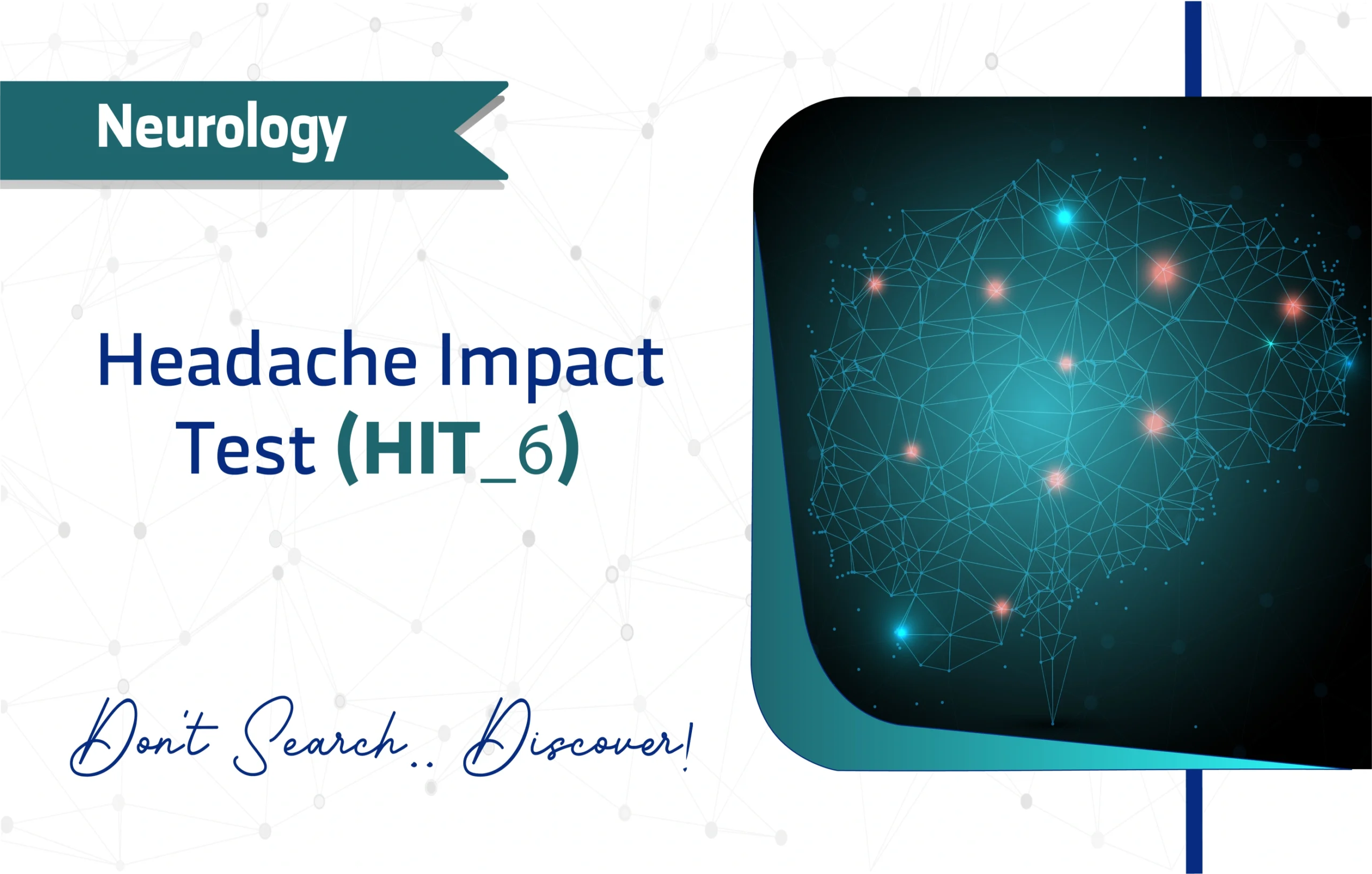
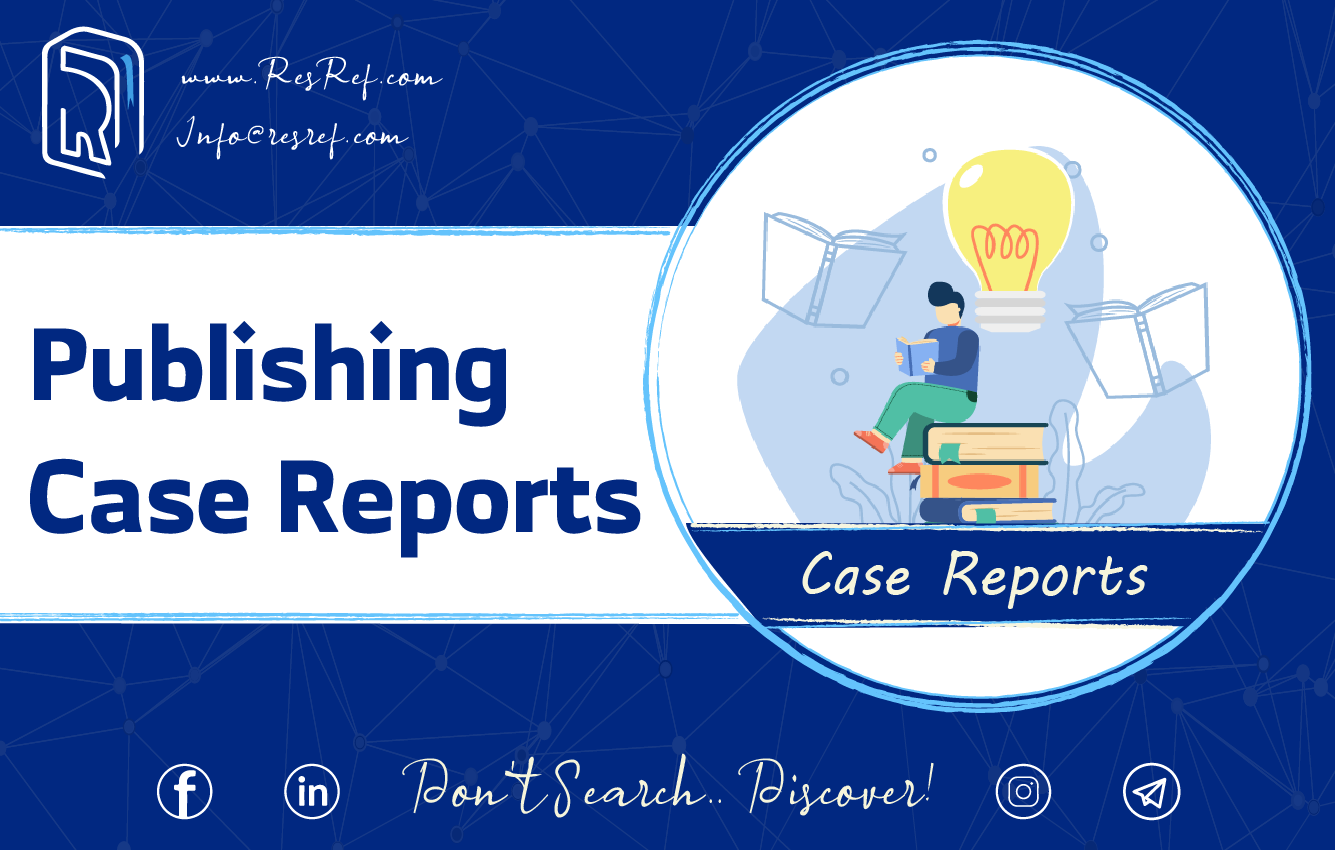
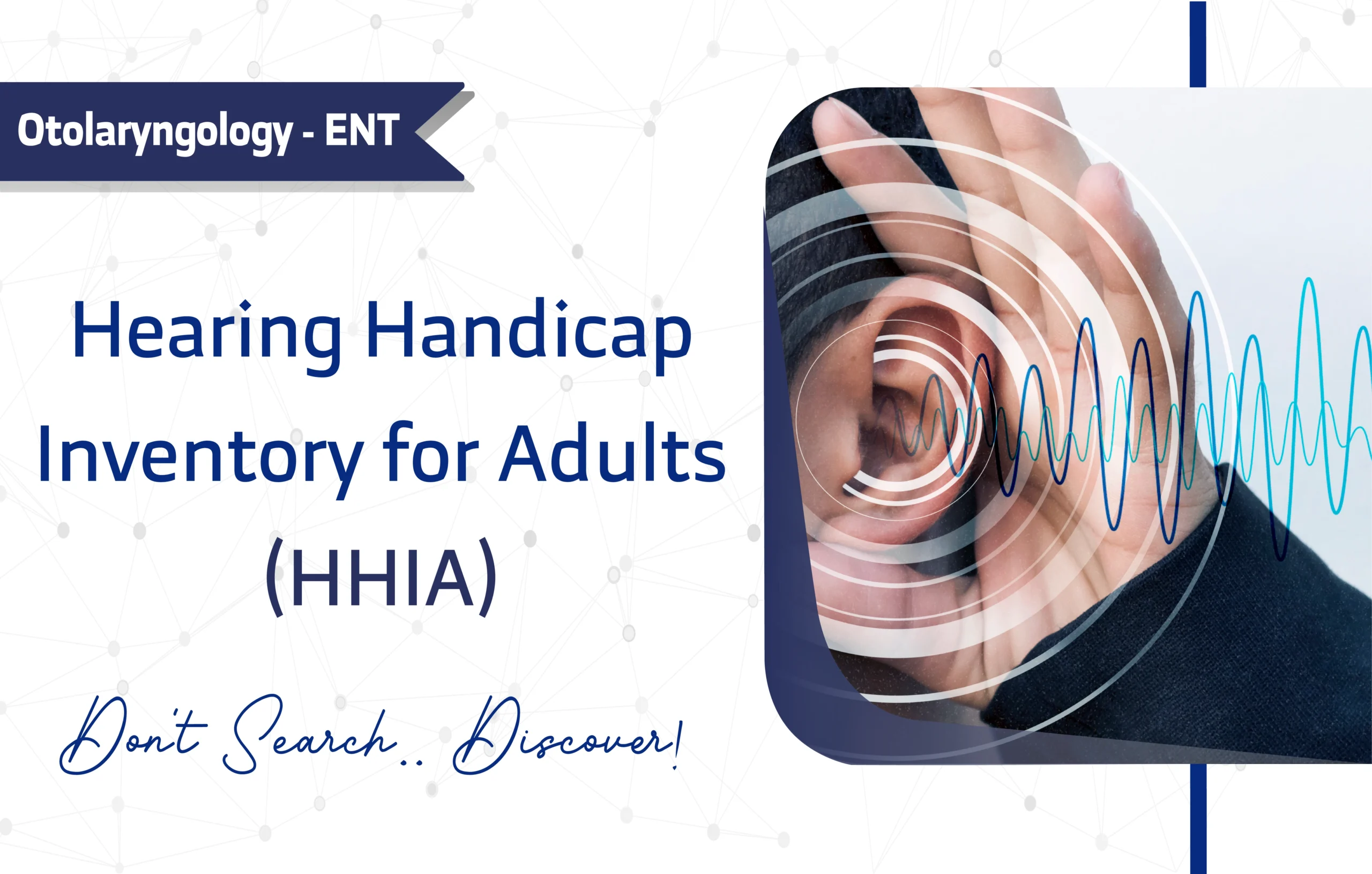
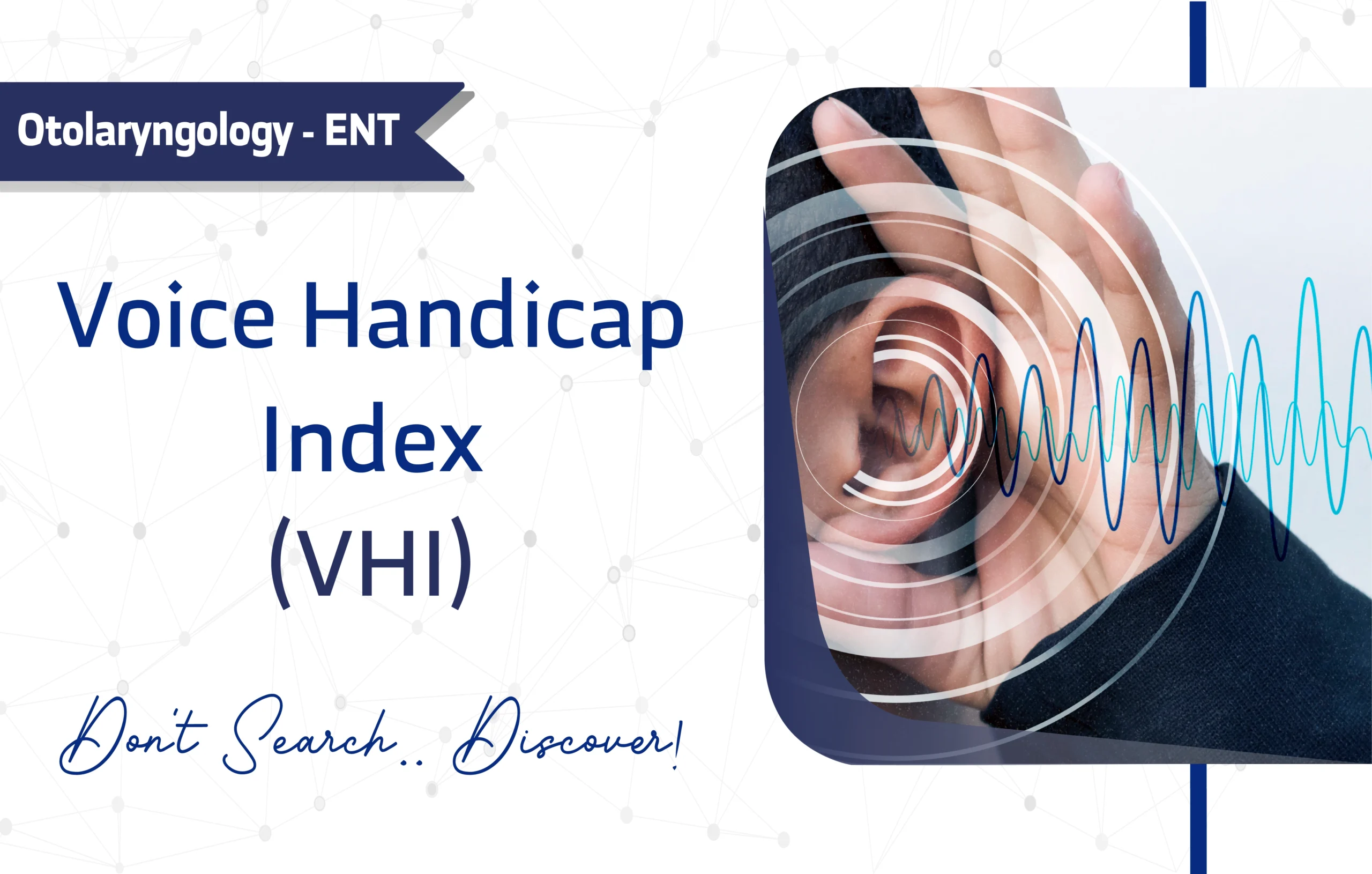
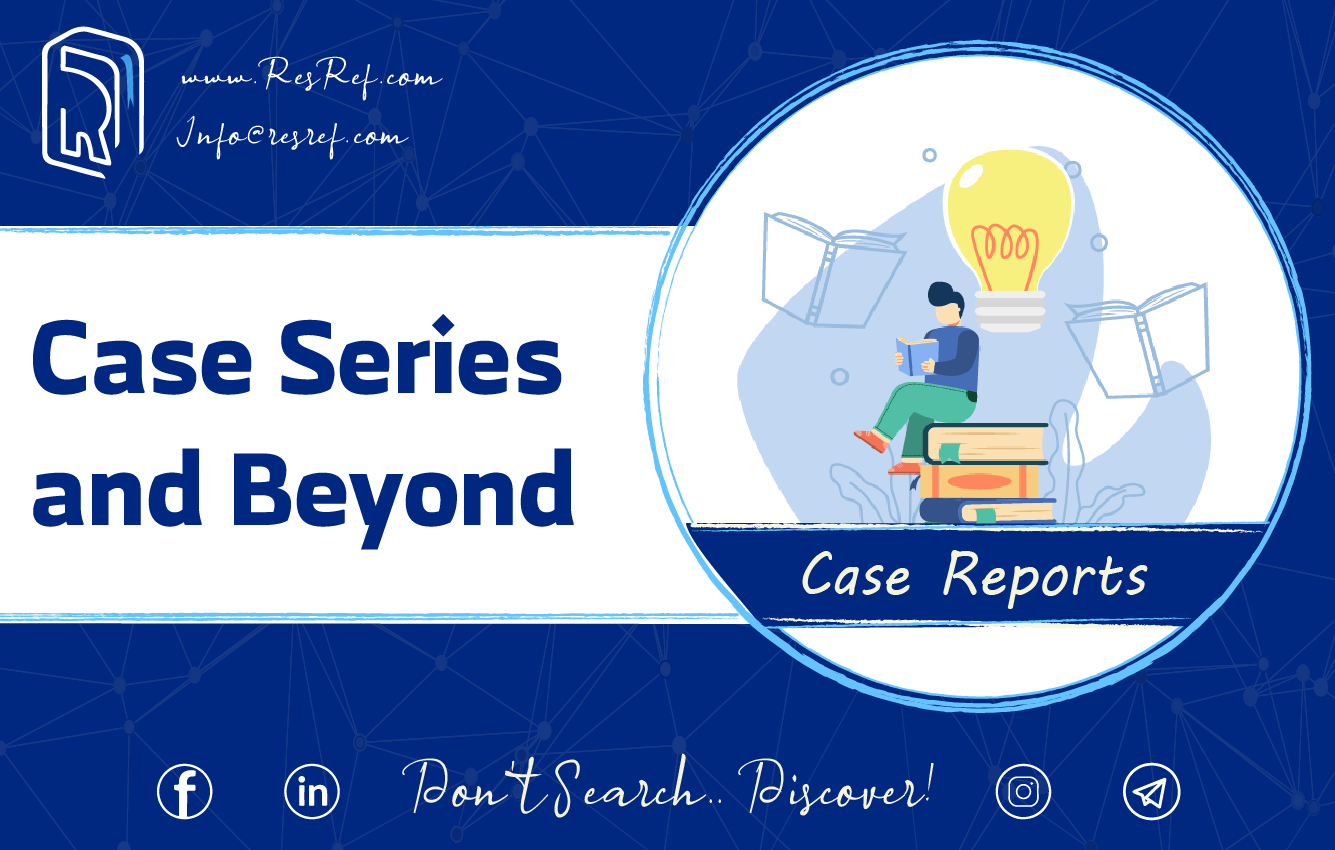
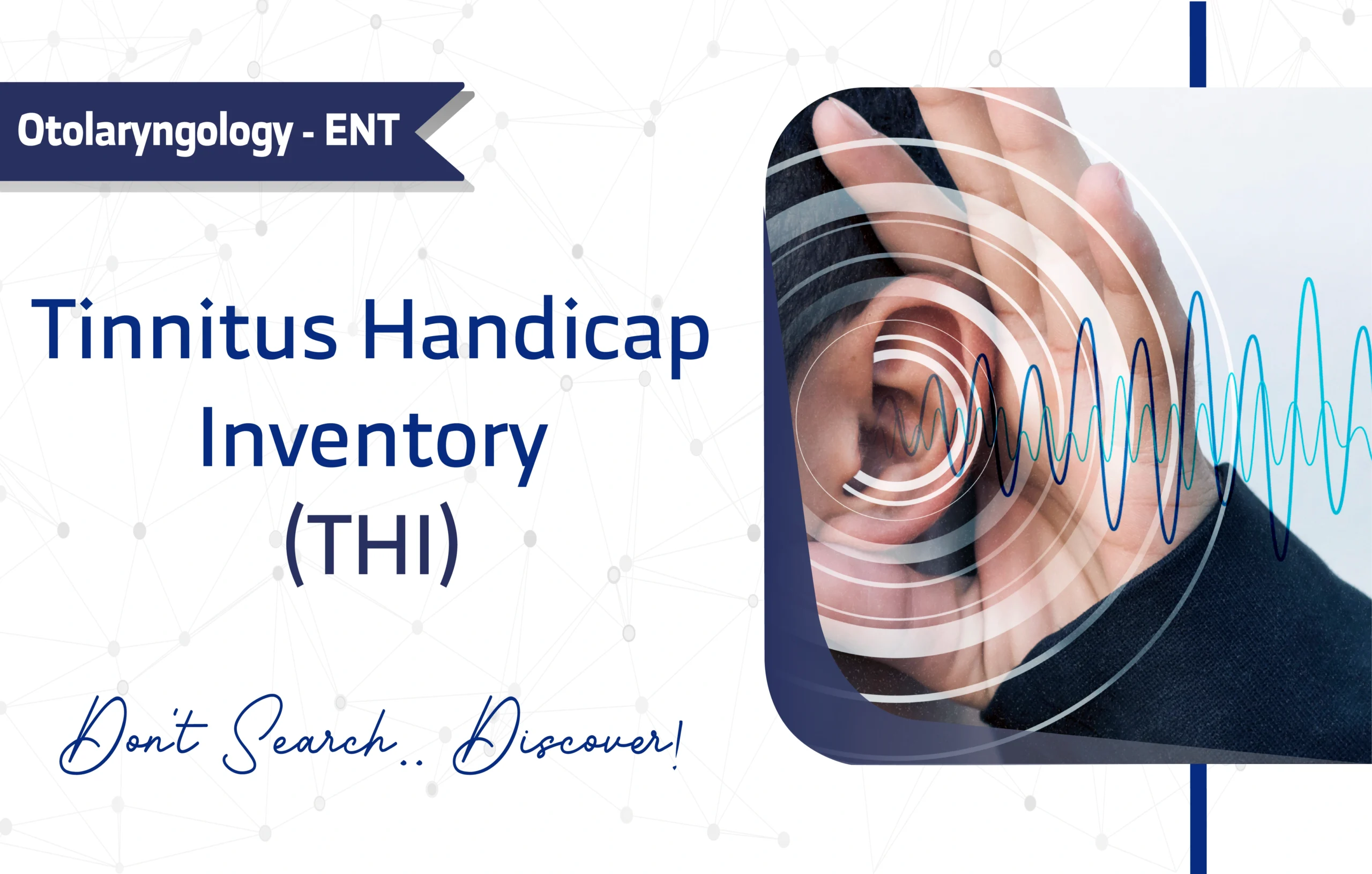
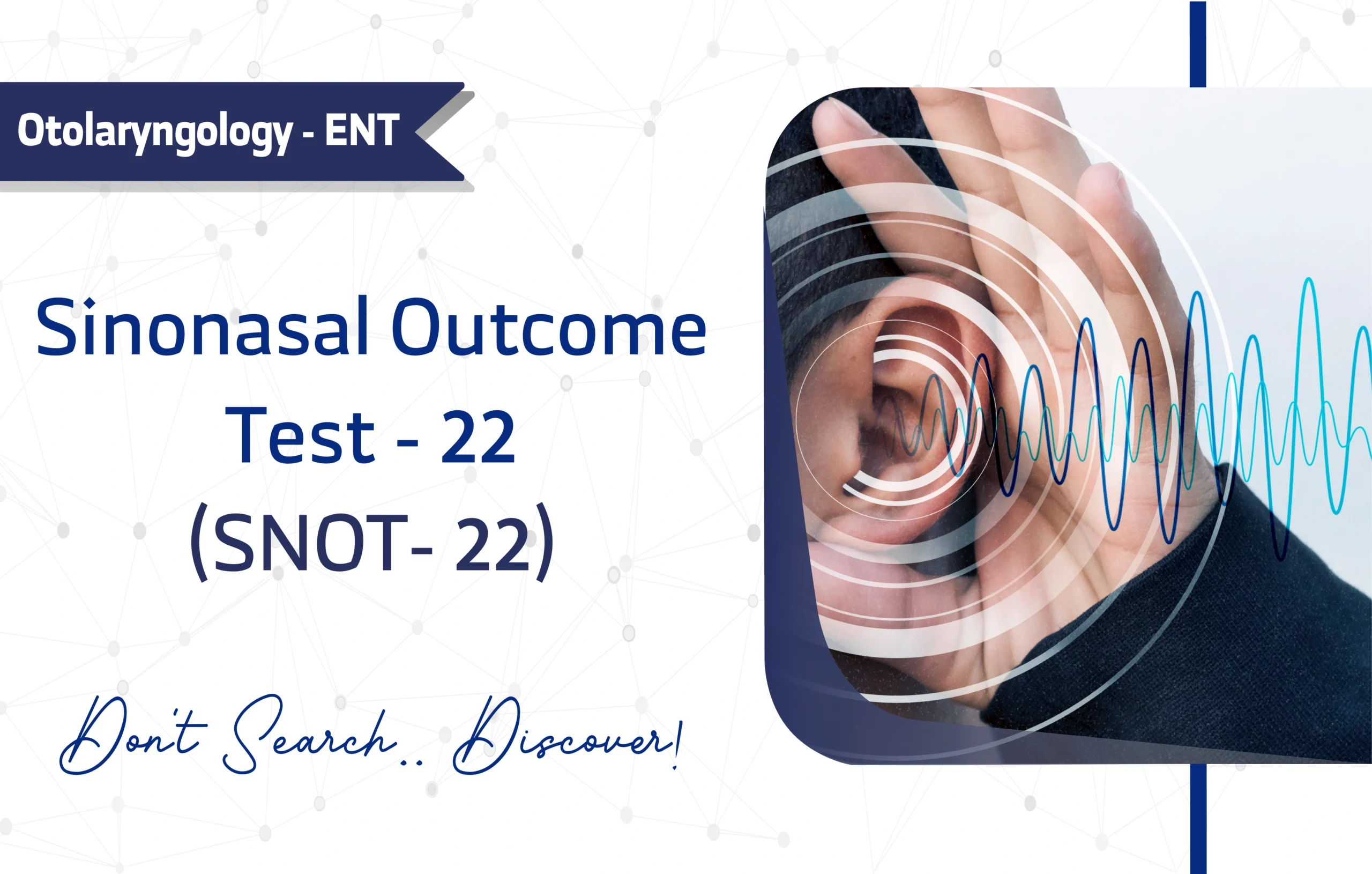
2 thoughts on “Headache Impact Test-6 (HIT-6): A Full Guide for Researchers and Clinicians.”
Great article on the HIT-6! It’s a fantastic tool for quantifying headache impact in a clinical setting. This really highlights the importance of understanding the full burden of migraines beyond just pain intensity.
Can I simply say what a relief to find somebody who really knows what theyre talking about on the internet. You positively know easy methods to deliver a difficulty to light and make it important. More people need to learn this and understand this aspect of the story. I cant imagine youre not more popular since you positively have the gift.